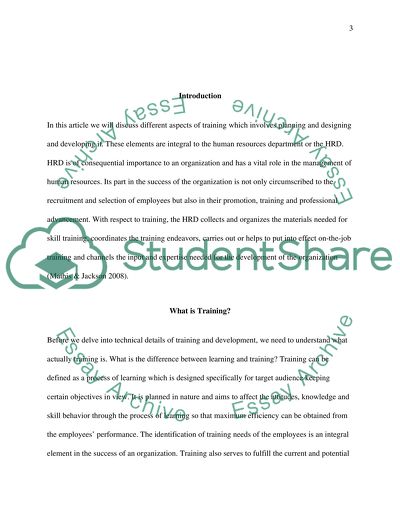Cite this document
(“Human Resource Development BTEC Level 5 Unit 23 Essay”, n.d.)
Retrieved from https://studentshare.org/environmental-studies/1407350-human-resource-development-btec-level
Retrieved from https://studentshare.org/environmental-studies/1407350-human-resource-development-btec-level
(Human Resource Development BTEC Level 5 Unit 23 Essay)
https://studentshare.org/environmental-studies/1407350-human-resource-development-btec-level.
https://studentshare.org/environmental-studies/1407350-human-resource-development-btec-level.
“Human Resource Development BTEC Level 5 Unit 23 Essay”, n.d. https://studentshare.org/environmental-studies/1407350-human-resource-development-btec-level.


